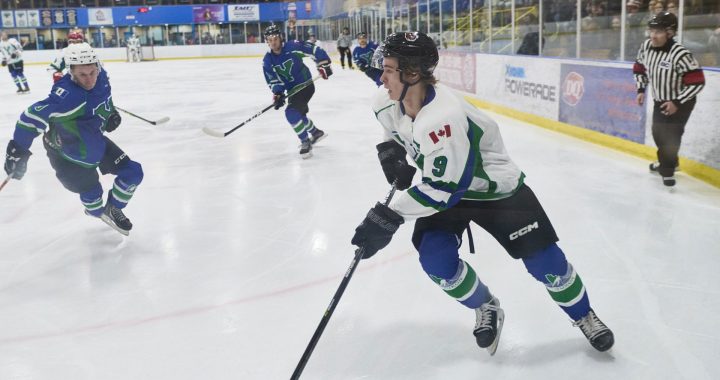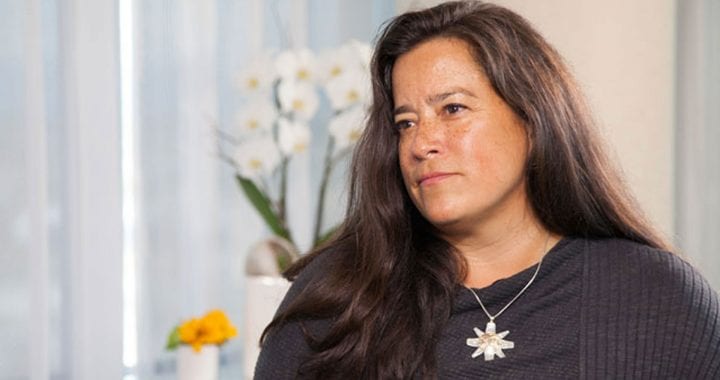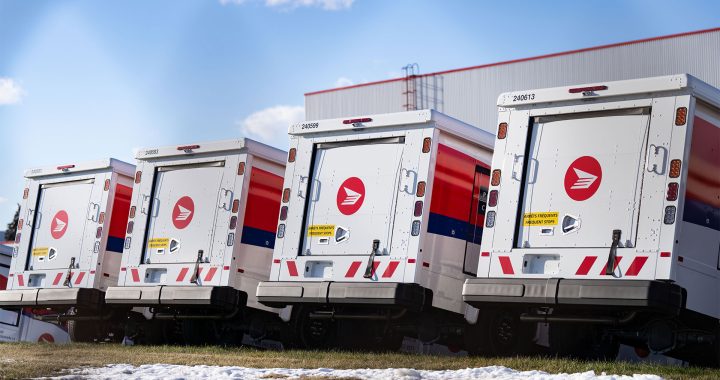Haa shaa du Hen (Chief) Lynda Dickson of Carcross/Tagish First Nation in Carcross, Yukon, admits she was hesitant about getting the Moderna vaccine because of its speedy approval by Health Canada.
In the end, she received the first dose of the Moderna vaccine last month.
“But then you have to look at other vaccines and how quickly are they made? This one just seems to be in the spotlight because it’s COVID. We just have to believe in the science,” she told APTN National News.
At the Whitehorse Correctional Centre (WCC), where most inmates are typically Indigenous, only 14 out of 43 inmates chose to get vaccinated – just over a third of the inmate population.
Social media hotbed of misinformation
Mathieya Alatini, who is from Kluane First Nation, is the COVID-19 response coordinator for the Council of Yukon First Nations (CYFN).
She says social media is rampant with misinformation.
“There’s all these weird questions around, ‘Am I going to get monkey DNA?’ Well, no, it never would have passed inspection at Health Canada.”
“There’s always that fear of ‘are we being tested on?’ and, ‘Are we getting this as test subjects or not?’” she says.
Alatini says disproving conspiracy theories and providing credible reading sources are key to clearing misconceptions surrounding the vaccine.
“We have to create awareness, or, just be calm and allow trusted sources like medical professionals and nurses in communities to answer the questions around ‘What is a messenger RNA? How does that function? Is it actually giving you COVID?’”
Medical mistrust
Northern territories like the Yukon are currently leading Canada in COVID-19 vaccinations, due to the federal government’s focus on vaccinating remote, Indigenous communities.
The Yukon territory is expected to fully vaccinate 75 per cent of its adult population by the end of March, while most other places in Canada won’t achieve the same vaccination rate until later this summer.
However, that still leaves 25 per cent of the Yukon population unvaccinated.
Dr. Anna Banerji, faculty lead of Indigenous and Refugee Health at the University of Toronto’s Faculty of Medicine, says “there historically has been hesitancy where it’s considered new technology and (Indigenous peoples) don’t know how effective really it is.”
Banerji says one example of this is during the 1940s, government scientists conducted nutritional experiments on children in residential schools by removing nutrients like vitamin supplements and milk rations from their diet, while also feeding them enriched flour. The goal of the experiment was to study the result of vitamin deficiency.
“So these kinds of experiments (caused) a lot of people with good reason to be weary of government interventions,” she says.
Other areas of historical medical mistrust include disturbing cases of abuse at “Indian hospitals,” like the Charles Camsell Indian Hospital. Former patients claim conditions there were overcrowded and understaffed, and physical and sexual abuse was rampant.
Banerji also sites experiments done on black people, like the Tuskegee Study.
“You look at other interventions that were done on other populations, like black people, when they allowed men to have syphilis for a long time just to see what the natural history was of syphilis. It caused permeant damage to the people.”
Dr. Evan Adams, vice-president of Indigenous Physicians Association of Canada, says there’s other reasons for vaccine hesitancy and mistrust.
“I think others are mistrustful of big-pharmacy, mistrustful of government, mistrustful of public workers, ‘Why are (health officials) so interested in my well-being when in the past they weren’t?’”
Adams, who is from Tla’amin (Sliammon) First Nation, near Powell River, B.C., says he sees mistrust in his own community.
“For some it may be related to their mistrust of the system, like they had colonial experiences recently or in the past where they are mistrustful of public efforts.”
Banerji says though some concerns may seem absurd, they are rooted in truth. She says some Indigenous communities continue to have poor access to clean water, food security, housing or even basic healthcare, while issues like these are non-existent in non-Indigenous communities.
“In the history of Canada and the history of residential schools and the Indian Act, and everything that was done, there’s a good reason why many Indigenous people don’t trust the government. They’ve been told so many things so many times, and things don’t pan out.”
First Nations leaders can set a good example
Alatini says while vaccine hesitancy can’t be cured overnight, positive encouragement from “influencers” can help with making informed decisions, like familial figures at the Whitehorse Corrections Centre which had a low vaccination rate.
“That is a close knit, tightly-knit pod, and, if a person, thinks of (someone) as a parent figure, and a person has that much control, or that much influence over a group, whatever they believe is going to be the belief of the group,” says Alatini.
“Medical professionals (need to be able to) have as many conversations and as many open conversations as possible and to really have influencers well informed. That’s the shift that happens in the social circles in community.”
Banerji says it’s critical Indigenous leaders and elders set a good example for their communities. Several First Nations chiefs in the Yukon have been one of the first people in line to receive the vaccine, like Haa shaa du Hen (Chief) Dickson and KAAXNOX, DÄN NÄTTHE ÄDA Chief Steve Smith of Champagne and Aishihik First Nations, which have had high vaccination rates for their communities.
“I think if they are supporting the vaccinations, if they are the first ones getting it and they can see that they’re fine and there’s no side-effects, (it will influence) more people to get vaccinated,” Banerji says.
Alatini says the Yukon has also shown strong support of the vaccine. She says the lowest turnout in a community was around 56 per cent, while her home community of Burwash Landing was about 87 per cent.
“I’m proud of my community,” she says.
“We’re privileged to be receiving the Moderna vaccine right now. It’s more stable, it has one of the highest efficacy rates, the tests that they’re doing right now are showing that it’s still effective against the new variants, so, we are extremely lucky to be getting that vaccine.”
“People need to do what’s right to protect our communities, to protect our society – if you want things to go back to normal, if you want to see tourism and travel again, you need to get the vaccine.”










